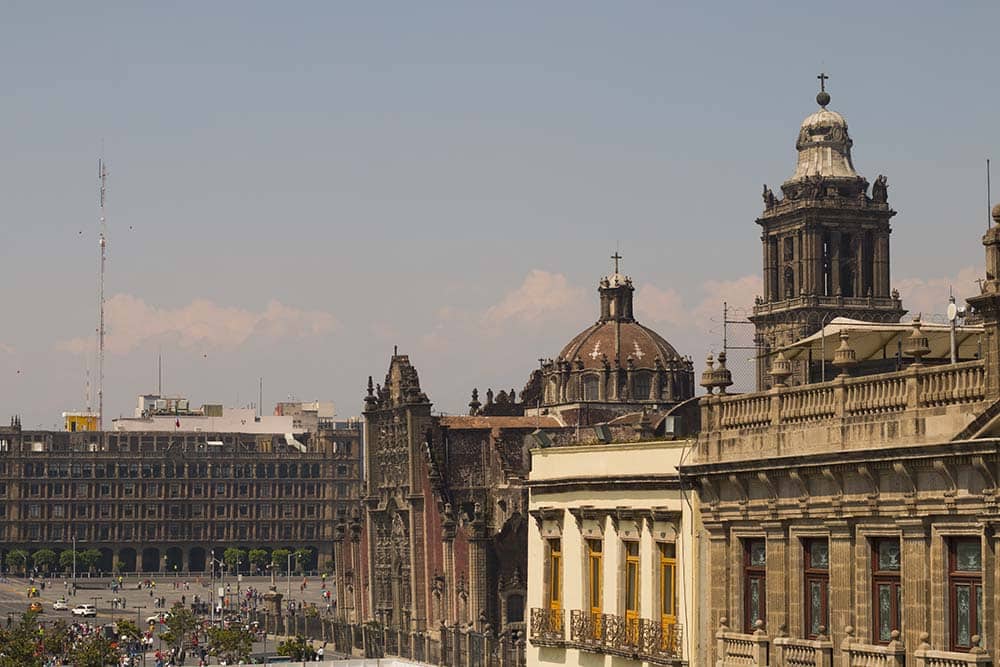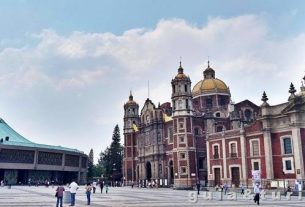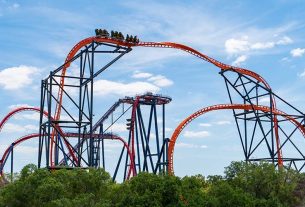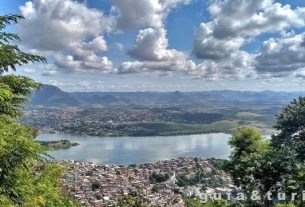The historic center of Mexico City grows around the Zócalo, the name given to the main squares in all cities in the country. The fashion that started in the capital comes from hoof, word of Italian origin used to talk about the base of a column, something common in the many monuments and obelisks spread across Rome. In the 19th century, during the celebrations of Mexico’s Independence, the government held a competition to choose the monument that would be erected in the middle of the Plaza de la Constitución, the main one in the country.
The competition was held and the monument was chosen, with architectural design and everything. The next step was to place the base of the column, known as the zócalo, in the middle of the square. And that was it. Due to political problems – Mexico was at war with the United States and years later it would be invaded by France – the work was never completed. All that was left was the base of the column, which remained in the Plaza de la Constitución for many years, to the point of becoming a landmark in a gigantic area (shall we meet in the square? There, near the Zócalo.).
Okay, the name stuck. And it soon inspired other Mexican cities, such as Puebla and San Cristóbal de las Casas, where the main square was also nicknamed Zócalo. Today Zócalo is the name not only of Plaza de la Constitución, but also a synonym for the entire historic center of Mexico City, declared a World Heritage Site by Unesco.
See too: Chapultepec Castle and the history of Mexico
Visit to the National Museum of Anthropology in Mexico City
Photo: Shutterstock.com
Walking tour through the historic center of Mexico City
Mexico City was built exactly where Tenochtitlán was, the capital of the Aztecs, which was conquered by the Spanish in 1521. The conquerors, commanded by Hernán Cortés, They besieged the city for almost three months and ended up achieving victory.
With the death of the last Aztec king and the fall of Tenochtitlán, the Spanish began to build what would become the capital of New Spain there. The Zócalo, made in the style of the Spanish Plaza de Armas, occupies the place where temples, palaces and important Aztec buildings once stood, or the center of Tenochtitlán. And it became the second largest public square in the world and the largest in the Americas, with 47 thousand square meters. Huge, right?
Dominating the northern part of the Zócalo, a Catedral Metropolitana It is one of the oldest in the Americas: it began to be built in 1573, on the site where an Aztec temple once stood. It has a Gothic style and almost three dozen bells in its towers. Entry is free and the church is always full of worshippers. There are masses every day. Check the timetables here.
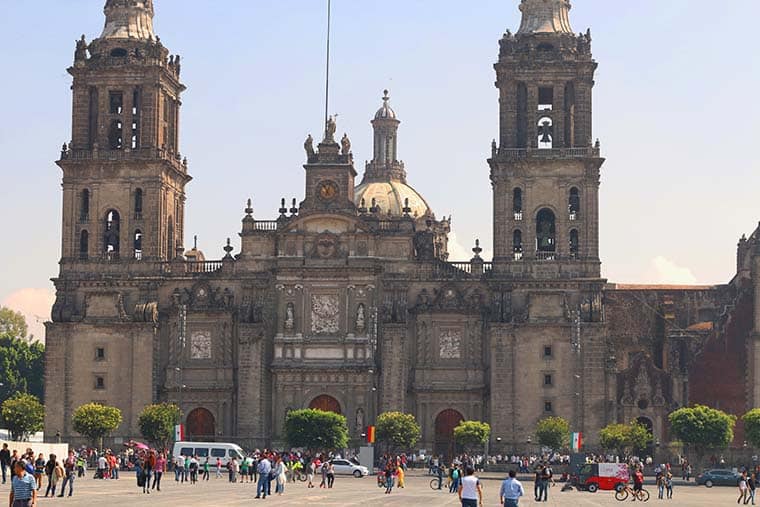
Next to the cathedral is the main group of Aztec ruins, what remains of the most important pre-Columbian temple. It is the Huey Teocalli, which had been built two hundred years before the arrival of the Spanish and which was dedicated to two gods – Huitzilopochtli, the god of war, and Tlaloc, the god of rain. In Spanish this place was known as Main temple.
The Spanish built on top of the temple, using the same stones in the construction of their buildings. What was left of the Templo Mayor went underground and was only rediscovered by chance, in the 1970s. Since then, several excavations were carried out, with the demolition of 13 colonial buildings. Today, the ruins of the Templo Mayor can be visited. The almost seven thousand artifacts that were found during excavations are in the Templo Mayor Museum, whose entrance is also there in the Zócalo. See information about guided tours and opening hours for the museum and ruins on the official website.
The best view of the cathedral + Aztec temple complex is from the terrace of La Casa de las Sirenas, a restaurant behind the monuments. I was there and I recommend it, mainly for the view, since the prices, as is common in very touristy places full of foreigners, are not friendly.
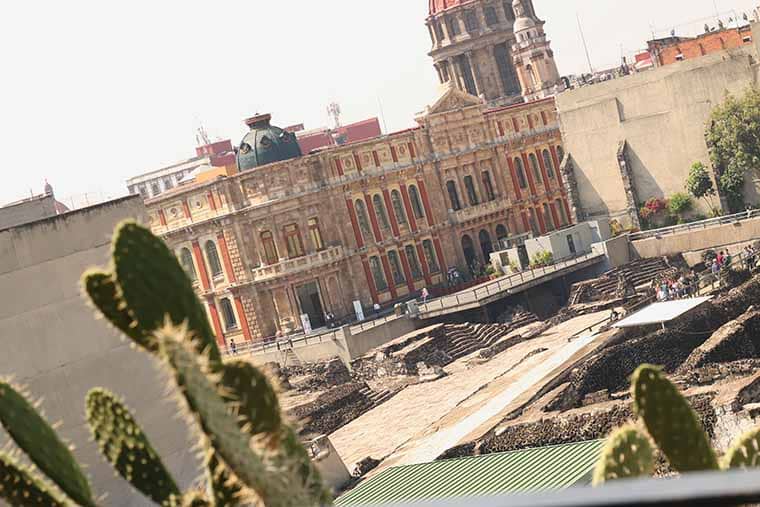
The southern part of the Zócalo also has interesting points. O National Palace of Mexico It is the seat of the Presidency of the Republic and a place of work for the country’s rulers for centuries. And even before the Spanish, as it was where the Palace of Montezuma II was located, one of the last Aztec emperors and the one who ruled the central region of Mexico when the Spanish arrived.
Montezuma’s Palace was destroyed during the Spanish conquest, but Europeans used the same stones and ruins in the construction of the current building, which served as home to the conquistadors and later to Viceroys of Spain, Emperors of Mexico and Presidents of the Republic. It is possible to visit it, a highly recommended tour due to the panels by Diego Rivera displayed there and which tell the history of Mexico. Entrance is free and the Palace is open from Tuesday to Sunday, from 10am to 4:45pm. There are also guided tours in Spanish that cost from 120 pesos. Details here.
On the same block as the National Palace, but on Moneda Street, is the National Museum of Cultures, which I didn’t visit. At the southern tip of the Zócalo, the opposite side of the Cathedral, are the old City hall (or Cabildo), which is the Palace where the city hall of Mexico City operates. On the corner, between the seat of municipal power and the presidential palace, is the country’s Supreme Court.
Take 5 de Mayo Street, which starts next to the Cathedral, and follow it for six blocks. You will arrive at Palace of Fine Arts, for me the most beautiful building in the historic center. This opera house and theater with white marble walls and a golden dome is also beautiful inside, where there are panels by renowned Mexican painters – yes, Diego Rivera also worked there.
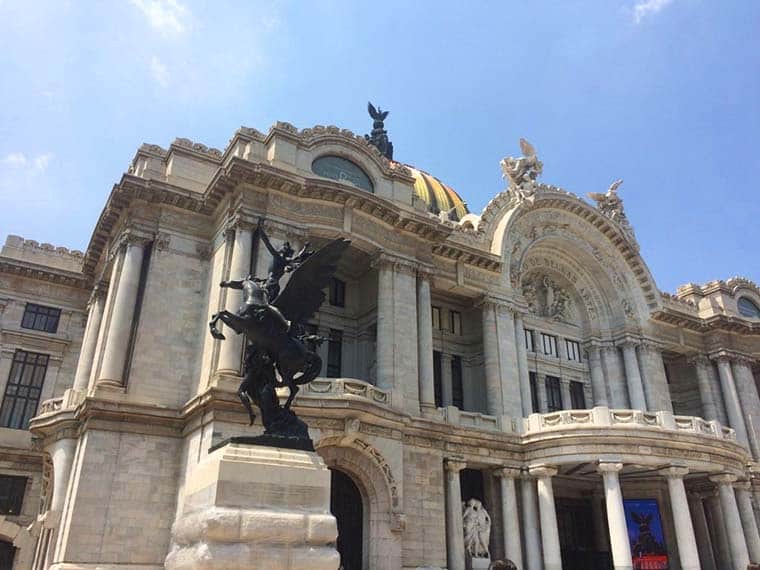
Bellas Artes was built at the beginning of the 20th century, during the government of Porfirio Díaz. There are guided tours of the building, but the best thing is to visit it during a cultural performance, such as operas and concerts – tickets can be purchased at the Palácio de Bellas Artes box office. Next to the Palace is a park, where street markets take place with typical food stalls. There is also the Diego Rivera Museumwhich brings together works by the artist, who was Frida Kalho’s husband.
Leave the Palacio de Bellas Artes and look for the tallest building you can find, very Empire State style. Did you find the Latin American Tower, which has 44 floors and is 181 meters high – was the tallest building in Mexico for three decades. There is a viewpoint and a restaurant at the top of the building, overlooking the entire central part of the city. Entrance costs 100 pesos.
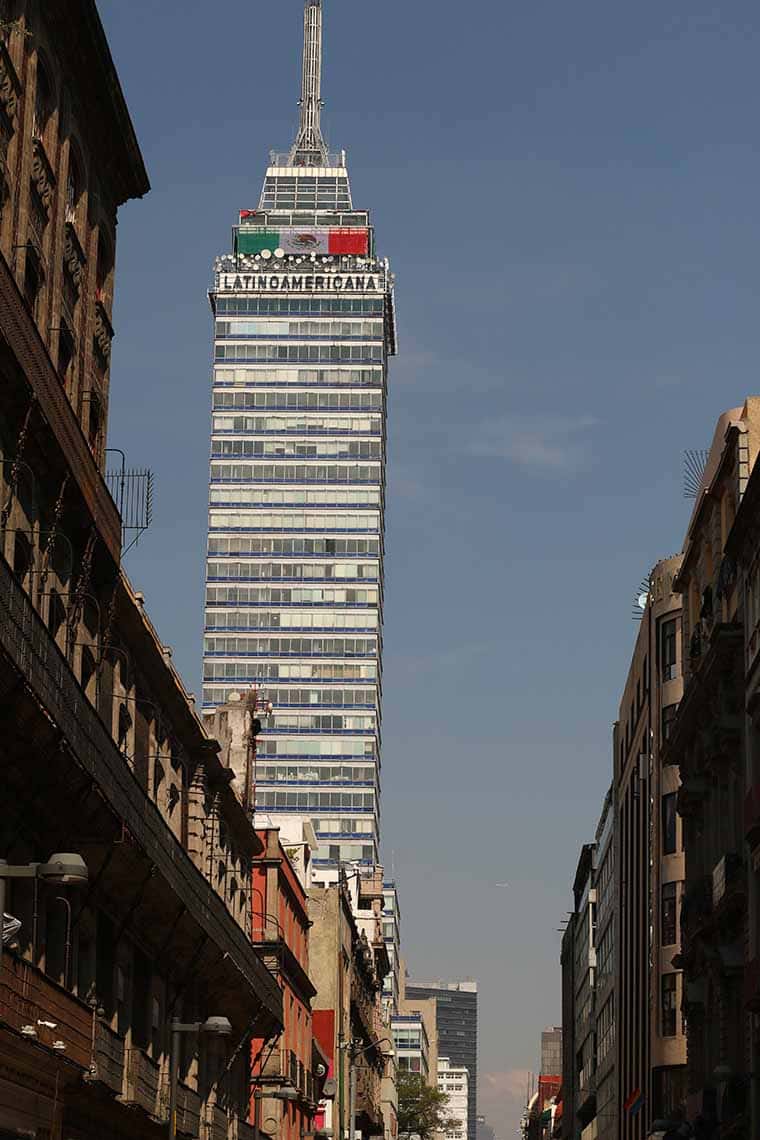
The Tower is on Calle Madero, a pedestrian street. Take advantage of the walk to see monuments such as the House of two tiles, a palace built in 1737 and where today there is a traditional restaurant in the city, Sanborns. By the way, there are lots of good places to eat around the Zócalo, from breakfast to dinner. El Cardenal, Hosteria Sto Domingo, Café Tacuba and La Pagoda are some of the options in this area.
See too: Where to eat in Mexico City, restaurant tips
Where to eat in Mexico City, restaurant tips
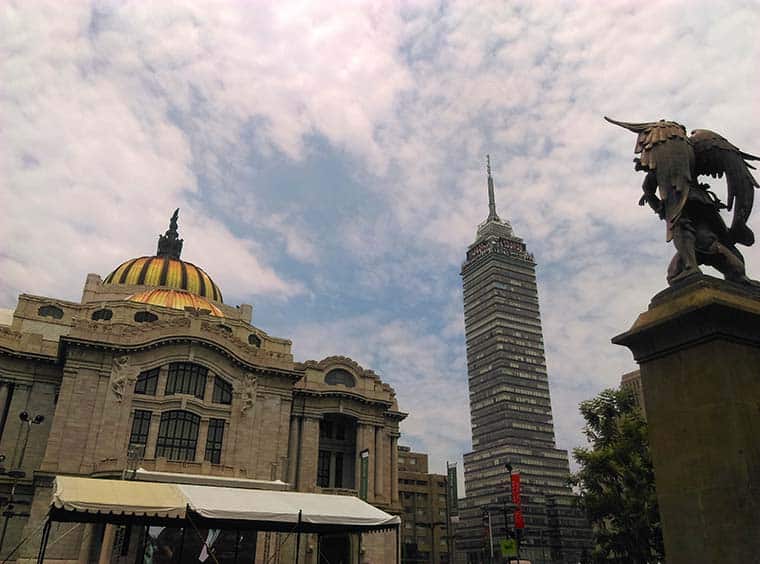
From Bellas Artes, be sure to walk five blocks, along Avenida Lázaro Cardenas, to the Garibaldi Square, where there is a constant presence of mariachis. It’s the typical tourist program, but I’m not here to condemn anyone – after all, I was there and I liked it. You can hire mariachis to sing while you sip shots at the Tequila Museumwhich is nearby and has a restaurant on the terrace.
Furthermore, keep your eyes open, because there is no shortage of monuments, colonial buildings, markets, churches and museums in the surroundings of the Zócalo. A Santo Domingo Church is close to the Cathedral, while the San Ildefonso College It is a former Jesuit house that was transformed into a museum. O Mexico Post Office Palaceclose to Bellas Artes, is also worth at least a quick visit, as is La Santísima Church.
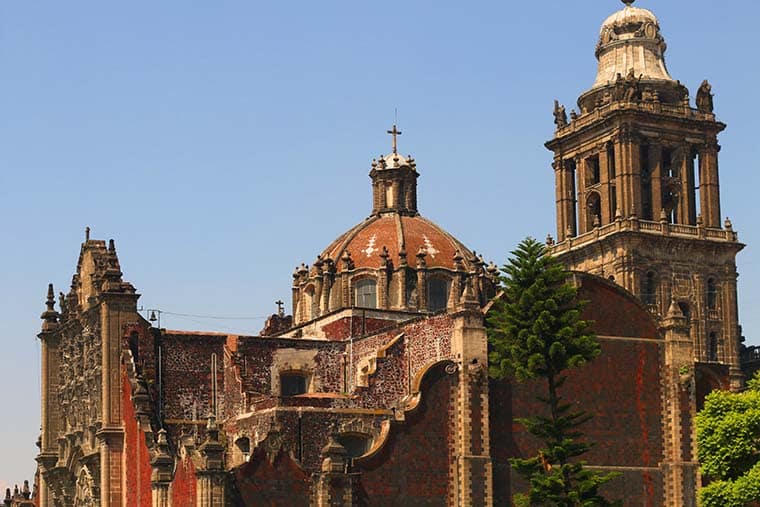
Is it worth staying near the Zócalo?
Many people will say no. And it makes a certain sense, after all this area is empty at night and some streets can be dangerous. On the other hand, there is no reason to panic. I stayed there, in two places, the O Chillout Flat B&B, a family pension that is located in a residential building, and the Hotel Ritz Mexico City (not from the famous chain of the same name), both located near Calle Madero, where there is intense movement, day and night.
If you stay there, choose to return by uber/cabify/taxi in the early hours of the morning. Furthermore, the location is great. Other accommodation options in this region (which seem to be better than the ones I stayed in) are the Hotel Zocalo Central, o Hotel Principal and the Downtown.
Sign up for our newsletter

Sign up for our newsletter and stay up to date with exclusive news
that can transform your routine!
Warning: Undefined array key "title" in /home/storelat/public_html/wp-content/plugins/link-whisper-premium/templates/frontend/related-posts.php on line 12
Warning: Undefined array key "title_tag" in /home/storelat/public_html/wp-content/plugins/link-whisper-premium/templates/frontend/related-posts.php on line 13

